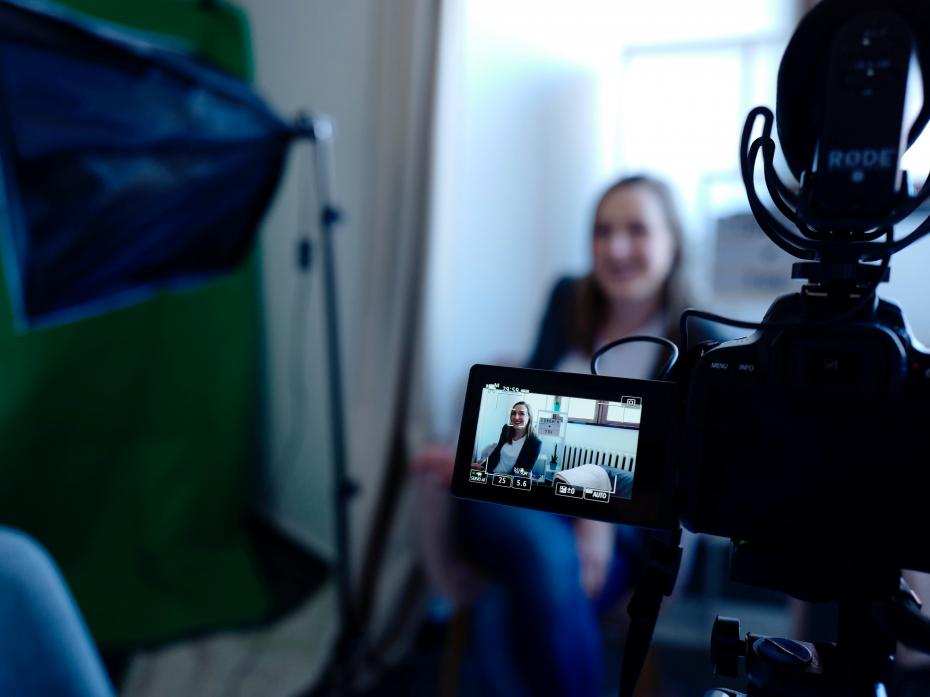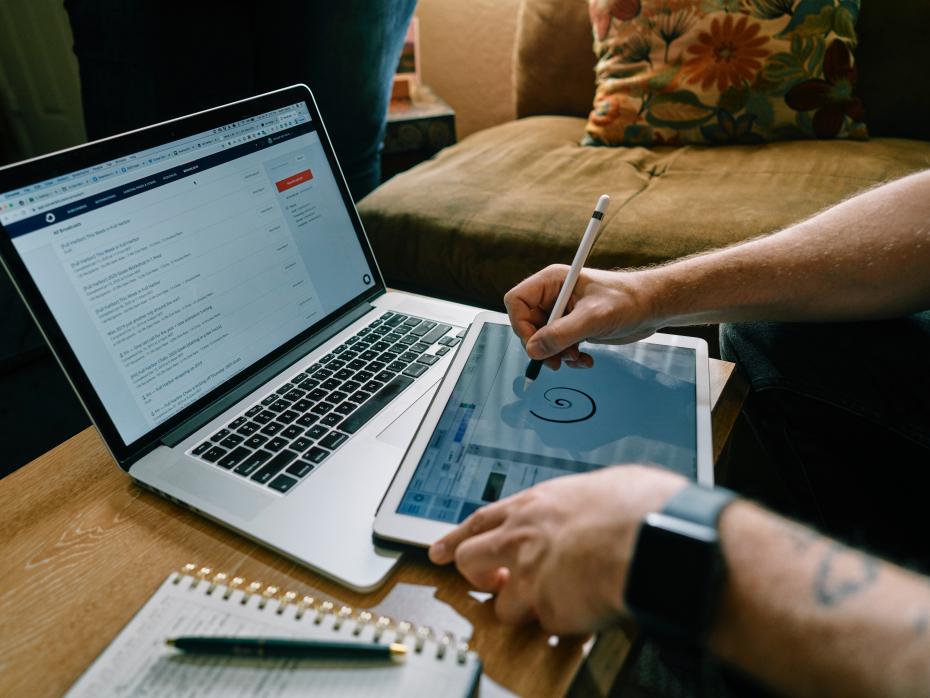Reading is a vital learning tool, while microlectures are a highly effective way of presenting course content online. However, instructors must take steps to help students studying remotely to stay motivated and engaged with this course content. Here, three experienced online instructors share advice on creating and using “micro” videos to enhance the student learning experience. This webinar was filmed as part of a series produced by ACUE (the Association of College and University Educators) to help faculty with the digital pivot. If you’re in a hurry, browse the timeline below for the key topics covered and where in the video to find them.
00:50 Ludwika Goodson on designing online readings and microlectures to keep students engaged
08:00 Catherine Haras on encouraging and supervising students’ reading as an effective way to learn
16:03 Flower Darby on practical steps to keep students on track by providing structure and accountability
23:06 What are examples of goals that students could set before starting their reading or a microlecture? How can educators scaffold that process so students are doing it on their own without prompts after a certain amount of time?
28:41 How can educators encourage students who consider reading an unpleasant challenge?
33:24 How do you remotely motivate people to read or watch microlectures if you cannot grade their work relating to these instructional materials?
39:31 What is the best way for students to create concept maps without their spending too much time using a specific website? What are constructive ways students can use concept maps?
44:04 How can instructors embed quiz questions in microlectures?
47:42 Is there a difference in how you manage the reading and microlecture process for graduate versus undergraduate students?
51:28 Key takeaways on engaging students in readings and microlectures for instructors who are new to online learning
This video was produced by the Association of College and University Educators (ACUE).




comment